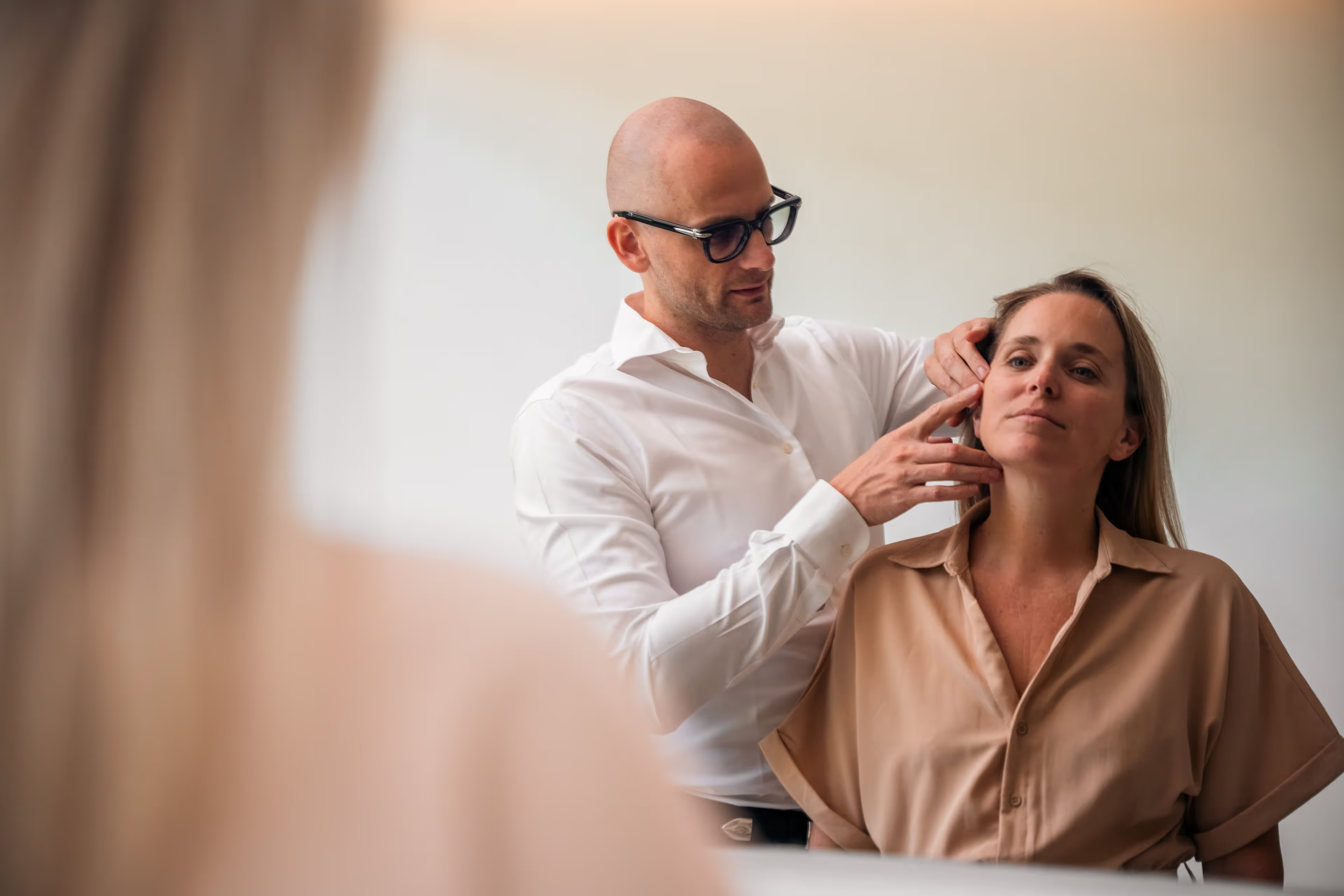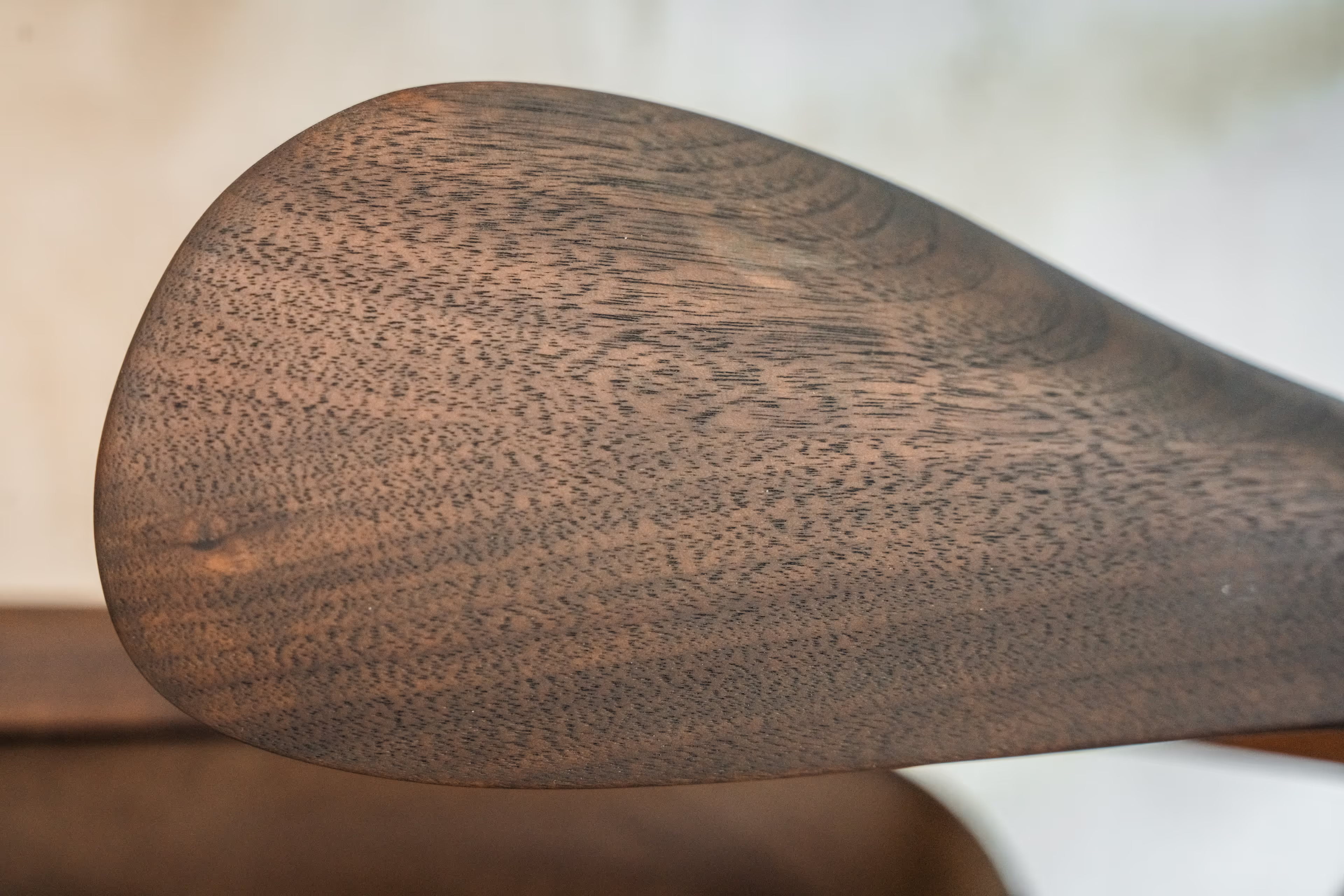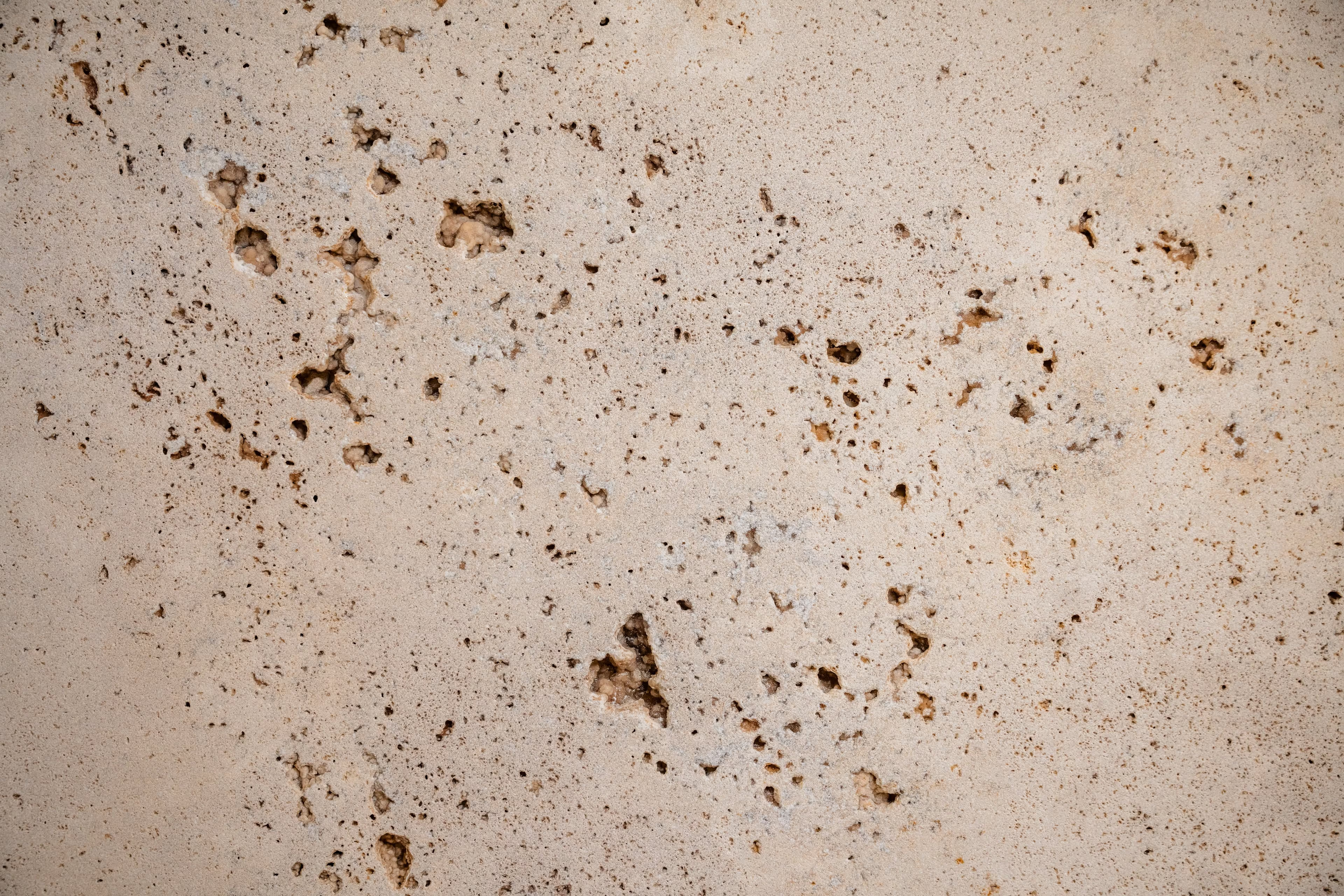10 common myths: the facts behind the fables

Facelift surgery is surrounded by misconceptions, half-truths and persistent clichés. Few medical procedures are so publicly visible and at the same time so misunderstood. In a world where social media, celebrity gossip and aesthetic trends dominate imaging, the public idea of a facelift is more likely to take shape on TikTok and Instagram than in the consultation room of an experienced surgeon.
Anyone who googles "facelift" today gets a surfeit of scare images: tight faces, unnatural expressions, and so-called "botched" results. But those images are rarely representative of what modern facial surgery today can, and more importantly does, achieve.
The goal of a good facelift is not to change someone. It is to bring someone back to his or her younger self, the best version of themselves.
As a surgeon who focuses exclusively on facial surgery, I see daily how these myths affect patients. How people hesitate to have a procedure that suits them perfectly, for fear of judgment. How some wait just too long, hoping for a "less drastic" alternative. And how others, who do take the plunge, often say, "If only I had done this sooner."
Ten myths. Ten chances to fix the face of facelift surgery. Not just in the mirror, but in the eyes of the world.
Myth 1: "Facelifts are unnatural - everyone looks done"
When facelift results are labeled as unnatural, it almost always means that during the by intention rejuvenating procedure, an element of change did occur somewhere. Patients then see something in the mirror that was never there. No restoration to what was, something new has been created. This is fine if this was the intent of the treatment, but often this is exactly what patients do not want: change.
Unnatural results sometimes result from suboptimal technique: for example, when lifting in a (too superficial) plane where no aging has occurred, or lifting according to unnatural vectors. Both lead to an unnatural appearance.
If you can see that you’ve had surgery, it wasn’t worth having the surgery. Similarly, there is only 1 thing less desirable than a naturally aging face, which is a face that looks operated on or unnatural.

Myth 2: "Facelifts are only for old women."
Facelift anno 2025 has long since ceased to be a taboo. Not for men, not for high-performers, and not even for forty-somethings. Therefore, a "facelift in your 40s" is no longer an exception. Yet the term preventive facelift is misleading. The word preventive suggests that there are no signs of aging, while an early facelift corrects just the beginnings of aging. Subtle, but targeted.
For some patients, exactly that is the added value: timely intervention often means that the result looks less dramatic, and thus is less likely to be noticed. "Better early, to stay under the radar." No major transformations, but natural corrections that stay true to the face, so that no one can say "you look operated on," but rather, "you look good."
It is not age that determines the procedure, but the anatomy of the face. Anatomy over age. Whether YOU qualify for a facelift depends not on your age, but on the degree of age-related changes in your face. Facelifts are not about age, they are about anatomy.

Myth 3: "A facelift is painful and the recovery time is enormous."
Minilifts with faster recovery, often also deliver mini results that disappear after 1.5y. Yet the horror stories are a thing of the past. Patients are usually professionally and socially active again at 3 weeks after surgery.
Thanks to medical innovations such as infrared light, mild hyperbaric oxygen therapy and individually tailored care at a specialized center, your recovery may be even smoother and more comfortable.
Myth 4: "Fillers and threads are an alternative to a facelift"
Aging is mainly caused by gravity and sagging volumes. Thus, volume lifting is the anatomical basis of facial rejuvenation. Fillers do not lift. Fillers fill up. Thus, they treat volume loss and, if used strategically, can create a desired and natural result. However, they are not an alternative to a facelift.
Volume descent is treated surgically. Volume loss is treated strategically.
Excess filler does not lead to rejuvenation, but to distortion. The long-term effects of "filler fatigue" or "overfilled faces" can disrupt the natural balance of the face, and in some cases even complicate the safety and predictability of a subsequent facelift.
The best results often come from a thoughtful combination of surgical lifting and subtle volume correction. Correctly applied fillers, in the right hands, can be an excellent temporary solution for those not (yet) ready for surgery.

Myth 5: "You get scars visible for life."
Suboptimal or hypertrophic scarring occurs in the majority of cases due to suboptimal planning. Aesthetically good scar placement, the absence of tension on the scars and respect for the hairline make the difference.
A Deep Plane Facelift, places tension in the deeper layers of the face, creating minimal tension on the scars resulting in optimal scar healing.
Myth 6: "Every facelift is the same, every deep plane facelift is the same."
Patients often look for a particular technique when considering a facelift. However, just as a facelift performed by Surgeon A is not the same as a facelift performed by Surgeon B, the same is true of a Deep Plane Facelift. The term "deep plane" is no guarantee for quality.
Don't look for a technique, look for results that come naturally to you and fit your needs and expectations. And look for a surgeon with whom the feeling is right. In addition, the surgeon's experience is critical. Does he specialize in the face and, additionally, does he often perform facelift surgery?
Facelift surgery is niche craftmanship. It requires anatomical knowledge, in-depth technical training and an aesthetic eye. A price comparison often leads to wrong choices. Discount prices make discount results.

Myth 7: "A facelift changes who you are"
This is a persistent myth and, more importantly, a misunderstanding of what a good facelift really does.
A Deep Plane Facelift works exactly where the aging process takes place: in the deeper tissue layers. This technique does not "tighten" or "pull back" anything, but simply brings facial structures back to where they once were. Not further. Not forced. Just anatomically correct, as if time is turned back. Against this sophisticated approach is a widespread fallacy: that a less invasive procedure must look more natural. Nothing could be further from the truth.
A minilift that only tightens the superficial skin, without addressing the deeper causes of aging, can lead to tightening or unnatural results. Especially when only one part of the face is treated, while aging is always an overall process.
Less invasive does not necessarily mean more subtle. It is not the size of the procedure, but the accuracy of the technique and experience of the surgeon that determines how natural you look.
A good facelift does not change you, a good facelift repositions what has sagged. The best version of yourself. Not different, but younger.
Dr. Van Genechten offers a less extensive deep plane procedure. A deep plane minilift so to speak. Please discuss this with him if you would like more information about it.
Myth 8: "You need one facelift and then you're set for life."
A facelift reverses the aging process, but obviously doesn't stop it. The benefits of a good procedure usually remain visible for years, but the clock keeps ticking.
A second facelift after 10 to 15 years is therefore not unusual. It is perfectly possible to undergo a first Deep Plane Facelift around the age of 45, and to have it repeated around the age of 55 or 60.
What does remain essential is your overall health. A facelift is an elective procedure, not a necessary one. That's why safety and medical responsibility are always top priorities for Dr. Van Genechten. If the risks in your specific situation are considered too high, he will not perform the procedure.
Proper timing is not only a matter of aesthetics, but also of health.

Myth 9: "A facelift is for vain people"
Self-care is not vanity.
For many patients, a facelift is not just about appearance, but about energy, self-image and professional appearance.
Just as the surgery itself is a life event, the reason for it often lies in such a turning point. A divorce. A burnout. A recovery period after breast cancer. Life events that leave their mark, also on the face.
In such cases, a facelift offers more than just aesthetic improvement. It can also help strengthen inner recovery. Not to change who you are, but to recognize yourself again in the mirror.

Myth 10: "The best facelift can be found abroad."
A top result without follow-up is not a benefit, it is a risk. Trust, accessibility and a lasting relationship with your surgeon are crucial. Not only for your safety, but also for the end result.
You don't have to go abroad or across the ocean for quality. But if you come from abroad or go abroad, do so for the right reason: Not for the lowest price, but for the right surgeon, the right technique and the right framing.
Quality is not in the distance, but in the hands you choose. And that choice deserves more than a price list.

